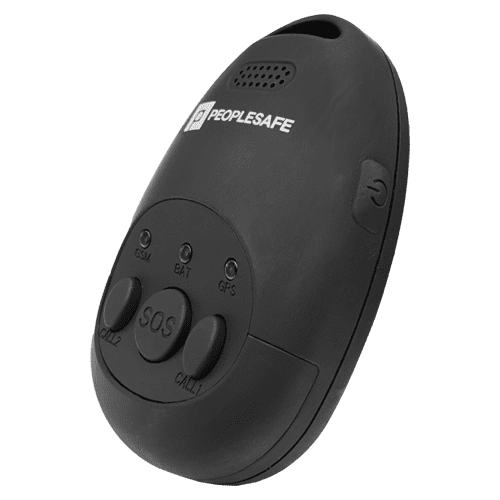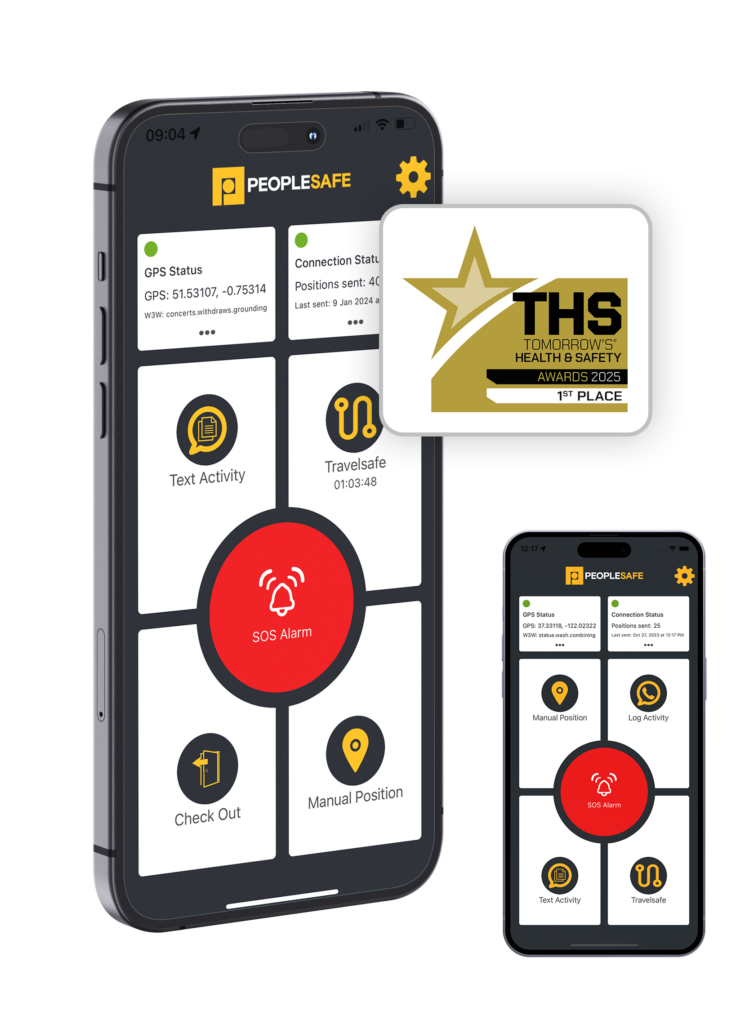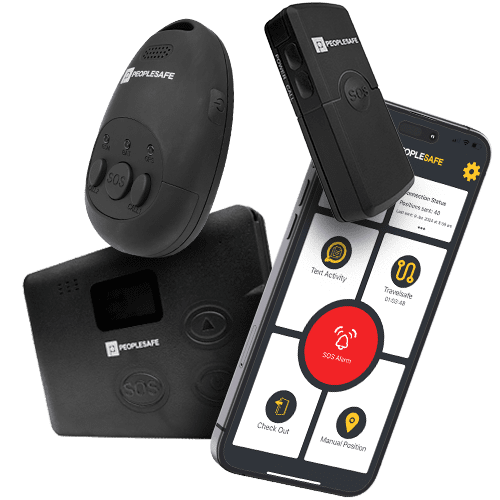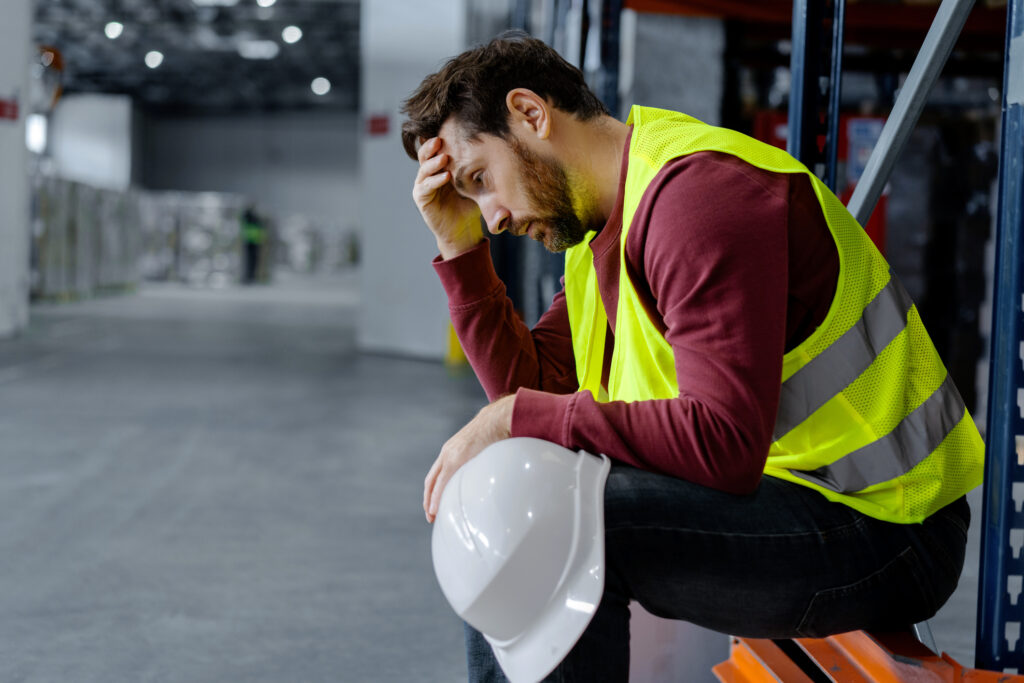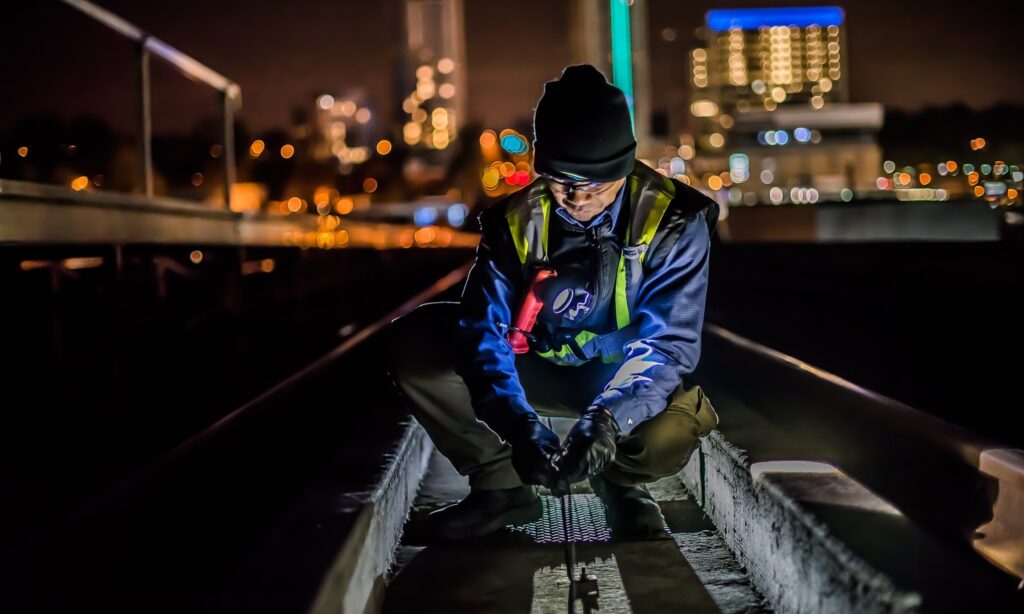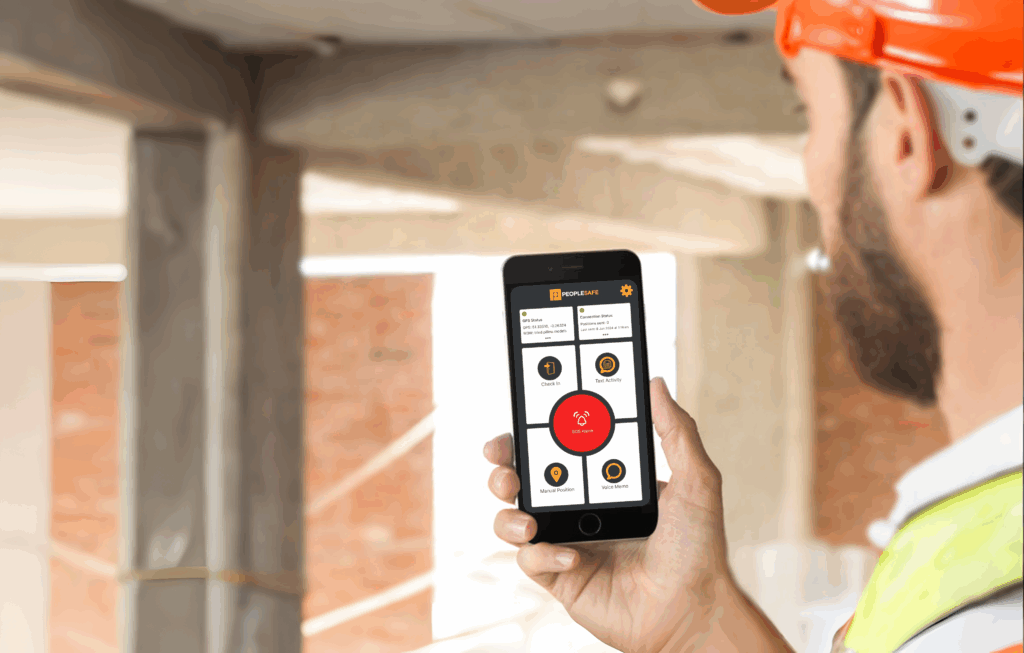How To Work Safely At Height Using MEWPS
What is a MEWP?
MEWP is an acronym for Mobile Elevator Working Platforms; a piece of machinery that is used for completing work at height.
Working at height poses many dangers and risks to workers. In the past four years, it was reported within the construction industry that 49% of fatalities were due to falls from a height. MEWPs are not only used in the construction industry. They are also used within warehouses, film and television and mechanics for heavy goods vehicles. If proper safety measures are not put in place for workers on MEWPs, then the consequences can be disastrous.
In one incident, a 67 year old man was operating an MEWP to replace signs at the entrance of his Heavy Goods Vehicles (HGV) repair business. A lorry struck the MEWP and he fell to the ground. Sadly, he died of his injuries 2 days later. The HSE ruled that this incident could have been avoided if the proper planning and safety procedures had been put in place before carrying out work. The company was fined £120,000.
MEWP Risk Assessment
Before operating a MEWP, a risk assessment must be completed to highlight safety procedures to protect the workers using them. Below is a list of the HSE recommendations to help mitigate the hazards involved in working on a MEWP:
- Make sure that you choose a MEWP that has been designed to avoid accidental button pushes, especially if working in confined areas where machinery may come in contact with overhead structures.
- Keep the MEWP tidy and uncluttered to avoid tripping whilst on the platform.
- Ensure that the ground is suitable for MEWP operation. It should be in good condition, flat and able to withstand the applied pressure of the platform.
- Any outriggers being used must be extended and grounded before work commences.
- Effective guardrails must be fitted to the platform.
- A harness must be worn by the worker if there is still a risk of falling. This should be attached to a suitable anchor point within the basket so that the wearer cannot fall from the platform.
- Ensure that before any work is completed the area around the MEWP has been cordoned off. This avoids potential falling objects causing injury to passersby.
- Avoid working in high winds as these can tilt platforms and make them unstable. Severe weather conditions such as storms and snowfall can also cause damage to the MEWP. Inspections should be carried out following use in these conditions.
- If the MEWP is being used to install materials, then the weight allowance needs to be checked and additional lifting equipment may need to be used.
- Nearby potential hazards must be assessed before any work takes place. Avoid working near overhead cables or any dangerous machinery. Ensure that the platform does not protrude over any traffic routes.
It is important that workers are educated on how to safely operate a MEWP. As many use these platforms alone, it is essential that they are fully trained and have the correct protective equipment.
Safety tips for workers using MEWPs:
- Selecting the right MEWP for the job: What is the task at hand? Is the work indoors or outdoors? What height outreach is required? What are the ground conditions like? Are there any obstacles at height or ground level? Most of these questions will be answered in the risk assessment which must be completed before choosing the appropriate equipment.
- Pre-Use Inspection: A walk around inspection should be carried out by a certified professional before using the MEWP. This is to ensure that the machine is in good, working condition since its last use. General wear of equipment and parts can result in the MEWP being unsafe to use and so an inspection beforehand is imperative.
- Appropriate PPE: As well as the MEWP being safe to operate, it is important that the worker looks after their own safety. Ensure they have the correct personal protective equipment. A harness should be worn with an adjustable restraint to avoid falling from the platform.
- Training: As with any job, training is important. Ensure that workers have full training on all aspects of the MEWP’s operation.
- Personal Safety Device: As many workers operating MEWPs are doing so alone, there may be times where help could be hard to obtain. Having a personal safety device ensures that if a worker was to fall, then an alarm would be raised automatically due to the responsive Man Down feature on our lone working systems.
Always remember to trust your instincts. If you are operating one of these machines ask yourself these questions beforehand:
- Is it safe to use the MEWP?
- Is the working environment safe around the area where the MEWP will be used?
- Are my tools and PPE in good condition?
- Do I know how to raise the alarm if anything happens?
- What are the escape routes in case of emergency?
- Do I know the location of the nearest first aid kit and fire extinguisher?
If the answers to any of the questions above are ‘no’, then talk to your manager or supervisor and make sure all answers are ‘yes’ before commencing work on an MEWP.
Sources:

